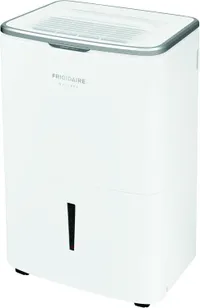Experts reveal the hidden dangers of condensation — and tips to prevent them during colder months
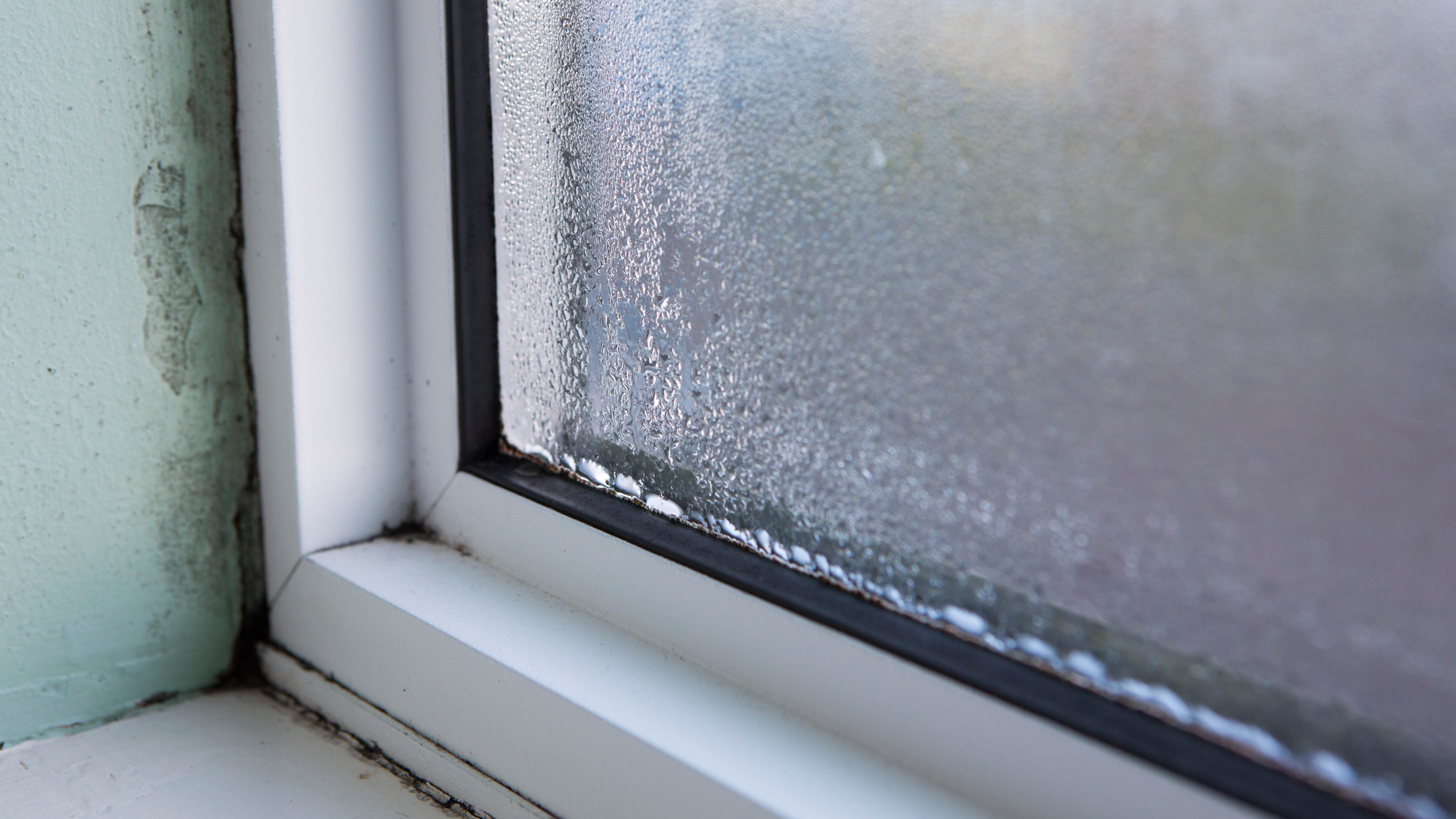
As the temperatures get colder, we often find ourselves cranking up the heat or blocking out the chill coming in. But while we’re busy winterizing our homes to keep it warm and cozy, we could unknowingly be causing dampness issues. Essentially, dampness is excess moisture or humidity in the air that can also be caused by condensation around windows. This happens when the warm air inside makes contact with the cold glass, releasing excess moisture as droplets as it cools.
Not only can such conditions encourage mold in your home, but if left untreated, this can seriously affect your health if mold spores are inhaled. And if you don’t own one of the best dehumidifiers to instantly reduce humidity, you’ll need to know how to prevent the risk of damp issues. We ask the experts what are the hidden risks of damp, and top tips on how to combat it this cold season.
What are the hidden dangers of damp?
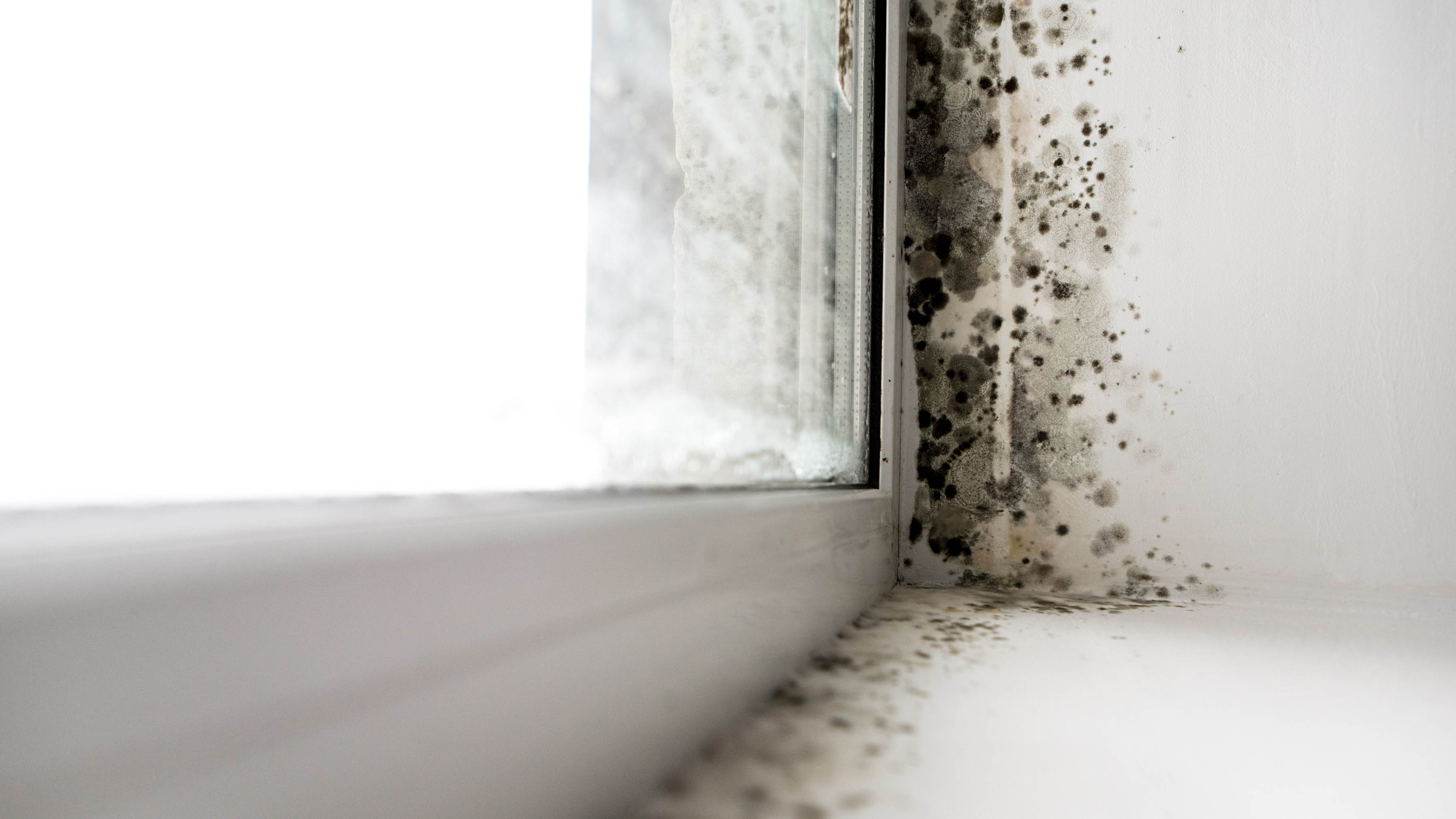
Dampness can be a serious problem, but how do you know if you have signs of an issue in your home?
“Having a damp home is one of the most underestimated threats to homes because it often erodes the home from the inside out,” says Alan Bernau Jr, Owner and Garage and Metal Expert at Alan's Factory Outlet.
“Aside from making walls discolored and rooms musty smelling, excess moisture creates the perfect breeding ground for mold and mildew. Once spores are airborne, they can aggravate asthma, trigger allergies, and cause other respiratory problems.”
While the obvious place to see signs of mold is on your windows, there are certain areas that are difficult to spot — such as concrete foundations or ceilings — that often go unnoticed.
“Constant dampness automatically means mold, mildew, condensation on windows, dust mites, wood damage, and rust — it usually takes just two days of humidity above 65% for mold to start to grow,” states Megan Doser, the owner and CEO at Doctor Fix It Plumbing, Heating, Cooling & Electric.
Get instant access to breaking news, the hottest reviews, great deals and helpful tips.
“While you can easily see mildew on window frames and spots on walls and ceilings, it's almost impossible to spot mold in a concrete basement because concrete is porous, absorbs moisture, and mold grows inside where it can stay hidden before you smell it. Mold and mildew in one spot means spores are floating in the air, landing in your nose and lungs, and on your home surfaces, spreading further.”
Structural damage
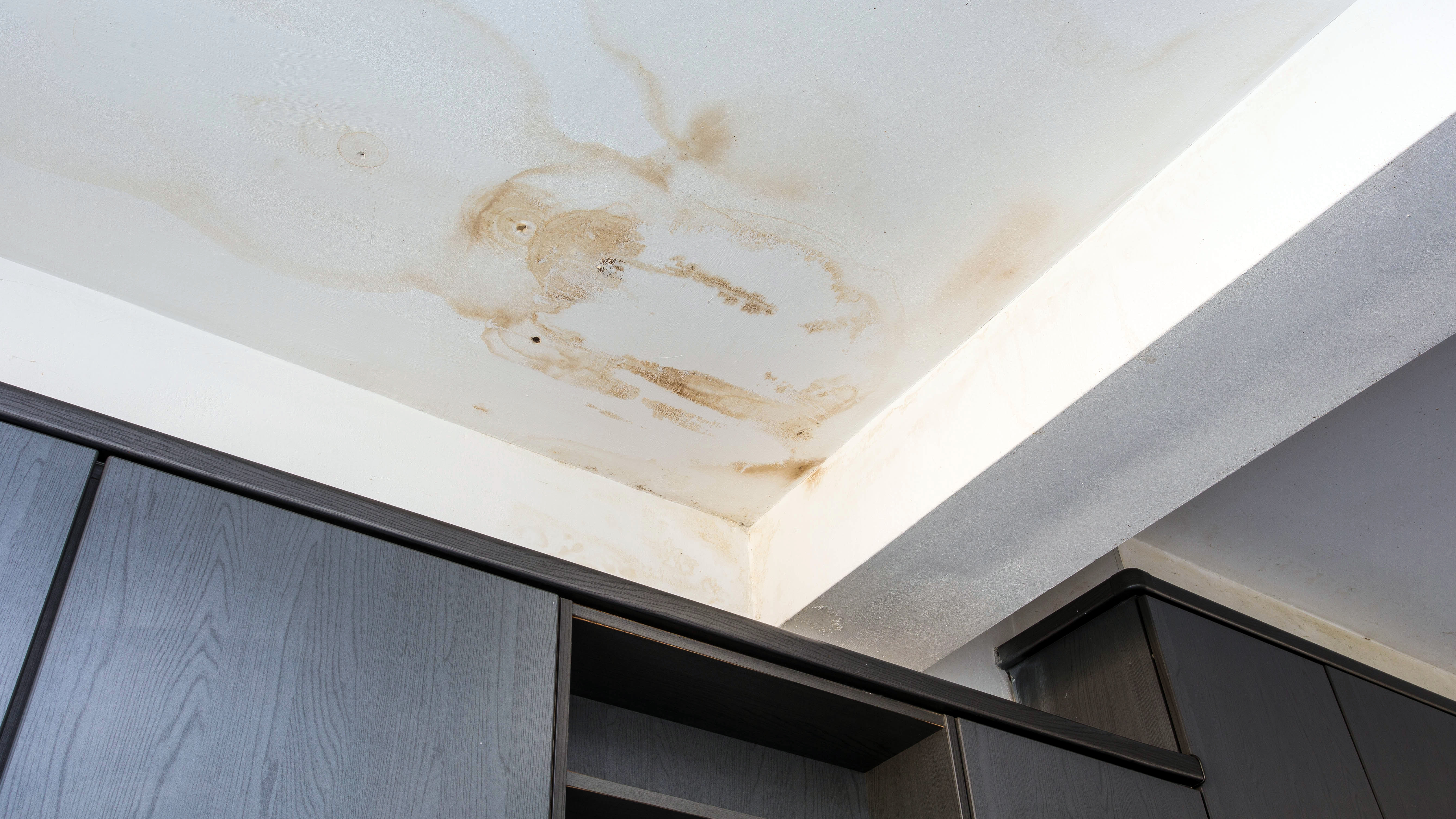
In addition, damp issues could lead to structural problems in the home, such as warping, rotting of wood and plaster and weakening timber.
“Depending on where it is, dampness could potentially lead to major damage in the home,” says Andre Kazimierski, co-owner and president at HomeHero Roofing.
“If, for example, your roof has a small leak, that could be causing water and humidity to consistently drip down into your home. Water damage could then spread, and if that isn’t caught and fixed, the integrity of your roof/attic/walls could significantly decline. That then means the risk of your roof caving in is high, which is obviously a massive safety concern. So, you need to always be on the lookout for leaks and water damage throughout your home.”
Tips on how to prevent damp issues
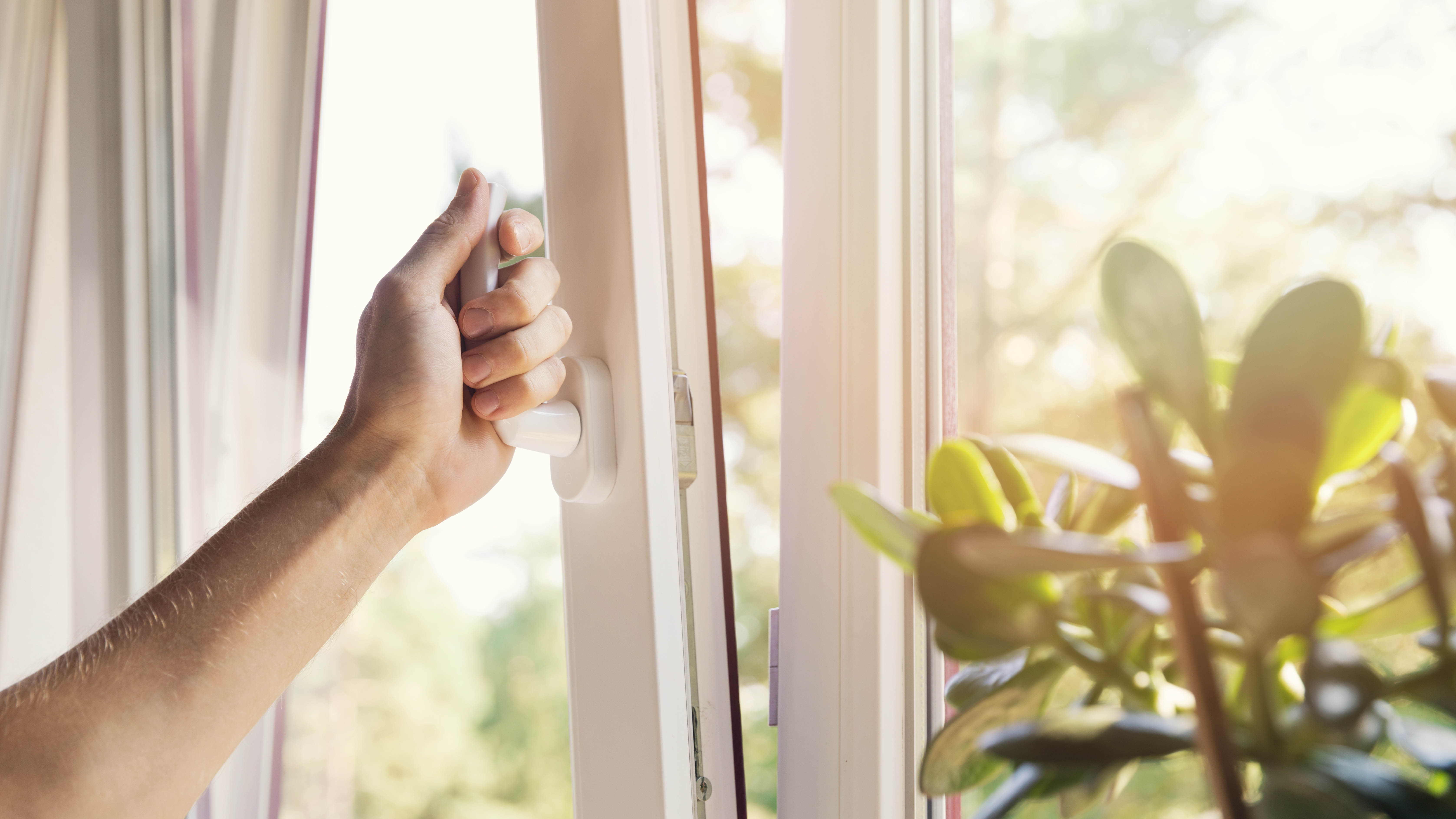
The first call of action would be to allow adequate ventilation to release excess moisture, increase air flow and essentially, keep the room dry. Ideally, crack a window or door open to allow air flow, or switch on exhaust fans, particularly in bathrooms and kitchens.
“The best way to combat damp is through prevention,” suggests Bernau Jr. “Ventilation allows moisture to move instead of settling, while insulation and vapor barriers prevent warm inside air forming condensation on cool surfaces. Things as simple as cleaning gutters, sealing gaps in windows and doors, and directing water away from the foundation, all help dramatically with preventing damp inside the home.
“Garages are particularly susceptible to this issue, as they usually do not have the insulation and ventilation that a home does, and can potentially build up condensation that can lead to corrosion of automobiles, tools and other stored items. In the same vein if a garage is converted into a workshop or living accommodation, and is damp, the mold can directly affect the health of the people spending longer periods of time in these spaces.”
Of course, investing in one of the best dehumidifiers is ideal, especially if you lack windows or you don’t have AC or exhaust fans.
The Frigidaire FGAC5044W1 has an excellent 50-Pint capacity and advanced smart connectivity for automation and voice control via Alexa or Google. You can operate it remotely via the app, set the target humidity and receive notifications when the bucket is full.
Stay on top of cleaning and maintenance
Another preventative method is to thoroughly clean surfaces to get rid of mold and stop spores from spreading. “Reducing humidity doesn’t kill mold, mildew, or dust mites that already exist,” adds Doser. “Lowering humidity to 40–50% will stop them from spreading and make them go dormant, but the colonies that are already there won’t vanish on their own. You still have to physically clean or remove them.
“This means scrubbing hard surfaces with a mold cleaner or diluted bleach, washing bedding and fabrics in hot water (130°F) to kill dust mites, vacuuming with a HEPA filter, and ideally even running an air purifier with HEPA + carbon filter to trap leftover spores and reduce musty smells.”
Additionally, inspect the home and repair leaky pipes, roofs, or faucets that could be the culprit for releasing excess moisture. It’s important to note that for larger areas of mold growth, you may want to contract a professional mold removal service.
For more tips, check out these 5 tell-tale signs that you need a dehumidifier right now.
Follow Tom's Guide on Google News and add us as a preferred source to get our up-to-date news, analysis, and reviews in your feeds. Make sure to click the Follow button!
More from Tom's Guide
- 9 ways to prevent mold in your home
- Mold vs. dust: How to tell the difference and remove both from your home
- 5 bathroom cleaning hacks that will save you time and effort

As the Homes Content Editor, Cynthia Lawrence covers all things homes, interior decorating, and garden-related. She has a wealth of editorial experience testing the latest, ‘must-have’ home appliances, writing buying guides and the handy ‘how to’ features.
Her work has been published in various titles including, T3, Top Ten Reviews, Ideal Home, Real Homes, Livingetc. and House Beautiful, amongst many.
With a rather unhealthy obsession for all things homes and interiors, she also has an interior design blog for style inspiration and savvy storage solutions (get rid of that clutter!). When she’s not testing cool products, she’ll be searching online for more decor ideas to spruce up her family home or looking for a great bargain!
You must confirm your public display name before commenting
Please logout and then login again, you will then be prompted to enter your display name.
